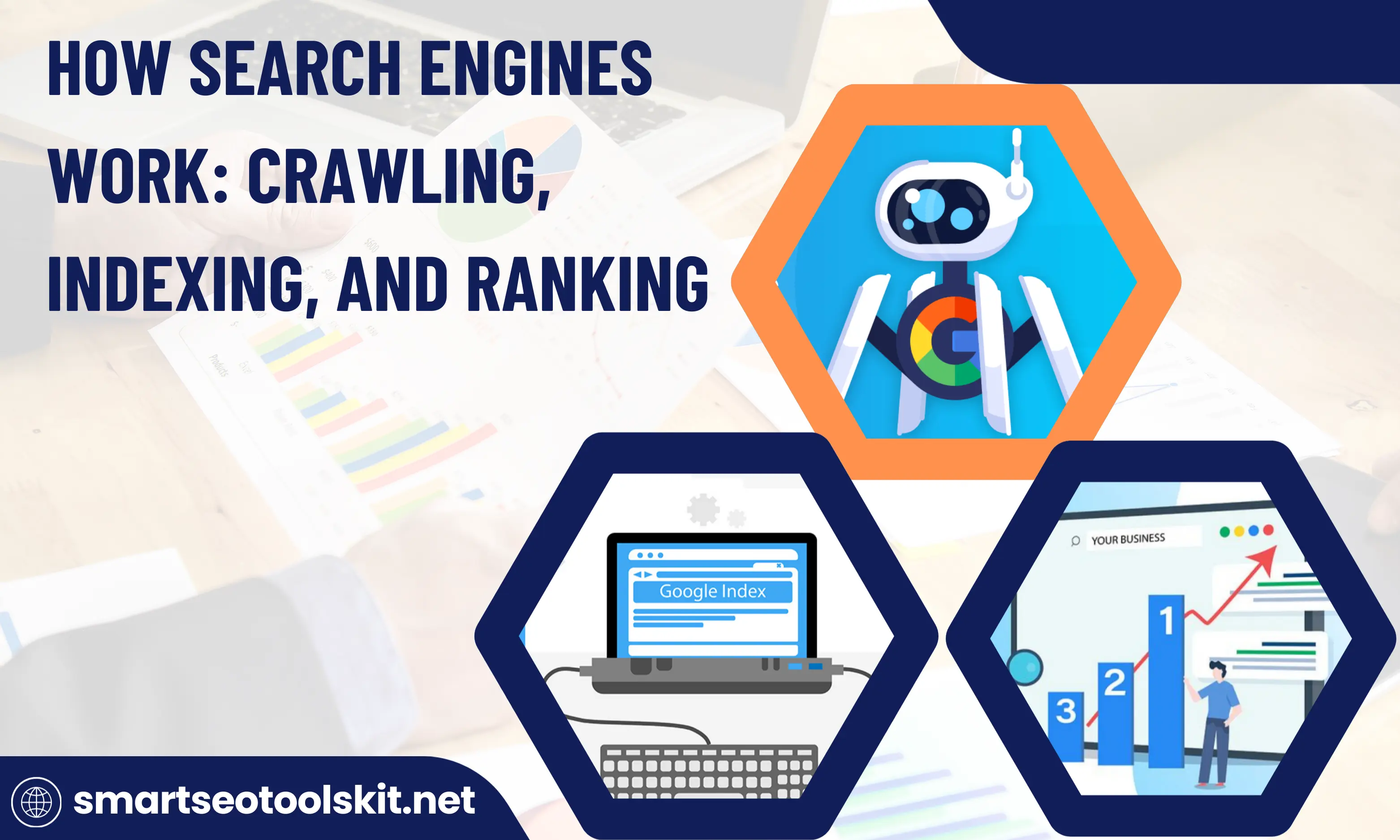In the ever-evolving world of SEO, one factor often overlooked by beginners—and misunderstood by even some seasoned marketers—is Keyword Difficulty. While most people focus heavily on search volume or trends, many miss the hidden gatekeeper to page-one success: how hard it is to rank for a keyword.
Imagine pouring hours into a blog post targeting a keyword with 20,000 searches, only to realize later that it's dominated by Wikipedia, Forbes, and high-authority competitors. That's where keyword difficulty (KD) becomes your secret weapon.
In this guide, we'll break down keyword difficulty in simple terms, show you how it’s calculated, demonstrate how to apply it using real-life examples, and help you build an SEO content strategy that ranks faster and smarter—especially in 2025’s algorithm landscape.
🔍 What Is Keyword Difficulty?
Keyword Difficulty (KD) is a score that tells you how challenging it would be to rank in the top search results for a specific keyword. Typically ranging from 0 to 100, the higher the score, the harder it is to compete for that keyword.
Different tools may call it slightly different names:
-
Ahrefs: Keyword Difficulty (KD)
-
Moz: Keyword Difficulty
-
SEMrush: Keyword Difficulty
-
Ubersuggest: SEO Difficulty
Despite variations, the goal is the same: guide you on which keywords to pursue based on your site's authority and backlink profile.
Also Read: Keyword Gap Analysis: How to Find & Use Missing Keywords to Beat Your Competitors
📊 How Is Keyword Difficulty Calculated?
Keyword difficulty scores are based on several key factors:
✅ 1. Backlink Profile
KD often evaluates how many quality backlinks the top-ranking pages have. If those pages have hundreds of backlinks from high-authority sites, ranking above them becomes tough.
✅ 2. Domain Authority (DA) / Domain Rating (DR)
Most tools analyze the authority of websites ranking in the top 10. A keyword dominated by websites with DA 90+ (like Forbes or Wikipedia) will score high on the difficulty scale.
✅ 3. Page Authority
Even if the domain is strong, a specific page might be weak. Some tools dig deeper to analyze individual URLs rather than just the domain.
✅ 4. SERP Features
If the keyword returns a lot of featured snippets, images, shopping results, or ads, it's considered more competitive.
📈 Real-Life Examples: Keyword Difficulty in Action
Let’s explore three real examples to demonstrate how KD works and why it matters:
🧪 Example 1: High KD
-
Keyword: "Digital Marketing"
-
KD: 85
-
Volume: 40,000+
-
Observation: Top results include HubSpot, Neil Patel, and Wikipedia.
-
Conclusion: Hard to rank for unless your site has very high domain authority and backlinks.
🧪 Example 2: Medium KD
-
Keyword: "Digital Marketing Tips for Small Businesses"
-
KD: 42
-
Volume: 2,000+
-
Observation: Top results include medium-authority blogs.
-
Conclusion: Achievable with strong content, some backlinks, and on-page SEO.
🧪 Example 3: Low KD
-
Keyword: "Free Social Media Calendar for Coaches"
-
KD: 18
-
Volume: 300+
-
Observation: Few optimized pages, low competition.
-
Conclusion: Ideal for newer blogs or businesses looking for quick wins.
🛠️ Best Tools to Check Keyword Difficulty
Here are the top tools you can use to find keyword difficulty scores:
| Tool | Free/Paid | Notable Features |
|---|---|---|
| Ahrefs | Paid | Backlink-based KD, SERP overview |
| SEMrush | Paid | KD + Keyword Variants + Intent |
| Moz | Free/Paid | DA + PA + KD insights |
| Ubersuggest | Free/Paid | Simple KD metric for beginners |
| KeywordTool.io | Free | No direct KD, but good for research |
| FlyRank (New) | Free | Accurate KD with topical relevance |
✅ Tip: Always combine KD with search intent and content quality to make final decisions.
🧭 When to Target High vs Low KD Keywords
🟢 Low KD (0–30): Ideal for Beginners
-
Long-tail keywords
-
Niche topics
-
Easier to rank
-
Great for building topical authority
🧠 Example: “best running shoes for flat feet under ₹3000”
🟡 Medium KD (31–60): For Intermediate Sites
-
Mid-authority domains
-
Requires quality content + some backlinks
-
Better traffic potential
🧠 Example: “email marketing templates for small businesses”
🔴 High KD (61–100): For Established Websites
-
Competitive head terms
-
Needs domain authority + link building + advanced SEO
-
Long-term payoff
🧠 Example: “SEO tools”
🧰 How to Build a Keyword Strategy Based on KD
Here’s a proven 5-step workflow:
1️⃣ Start With Seed Keywords
Brainstorm 5–10 terms related to your niche.
🧠 Example: “Dog grooming”, “home pet care”, “pet shampoo reviews”
2️⃣ Expand Using Keyword Research Tools
Use Ahrefs or Ubersuggest to get long-tail suggestions with KD scores.
3️⃣ Filter Keywords by KD & Volume
Create a spreadsheet with these columns:
| Keyword | Volume | KD | Intent | Rank Potential |
|---|
4️⃣ Prioritize Low & Medium KD Keywords
Start with KD < 30 and gradually go higher as your site gains authority.
5️⃣ Optimize & Track
Write high-quality content, use internal links, and track your ranking using Search Console.
Also Read: How New Helpful Content Update Impacts Keyword Optimization
📚 Use Keyword Clusters to Tackle Harder KD Keywords
Even if a keyword is tough, you can increase your chances by building topical clusters.
🧠 Example Cluster: “Dog Grooming”
-
KD 65: “Dog Grooming Guide”
-
KD 32: “Dog Grooming Tools for Beginners”
-
KD 24: “How to Clean Dog Ears at Home”
-
KD 18: “Best Dog Brushes for Short Hair”
Link all sub-topics to your pillar page, increase authority, and eventually tackle the higher-KD term.
❌ Mistakes to Avoid
-
Targeting high-KD keywords too soon
-
You’ll struggle to rank, get discouraged, and waste effort.
-
-
Ignoring search intent
-
KD only tells part of the story. Always ask: What does the searcher want?
-
-
Relying only on tools
-
Always do a manual SERP check. Look at who’s ranking and why.
-
-
Forgetting long-tail opportunities
-
Small-volume, low-KD keywords often convert the best.
-
✅ Conclusion
Keyword Difficulty is your compass in the SEO world.
Without it, you're shooting in the dark—wasting time on topics too competitive or missing golden opportunities hidden in low-KD corners.
Here’s your action plan:
-
Always check KD before writing.
-
Start small (KD < 30) and grow.
-
Use tools + manual SERP reviews.
-
Build keyword clusters.
-
Watch your authority grow—and your rankings too.
Frequently Asked Questions (FAQs)
Q1: What is keyword difficulty?
Keyword difficulty is an SEO metric (often scored 0–100 or as a percentage) that estimates how hard it is to rank in Google's top results for a specific search term. It considers factors like the backlink profile, domain authority, content quality, search volume, and SERP features.
Q2: How is keyword difficulty different from paid search competition?
While keyword difficulty measures organic ranking difficulty, paid search competition (as seen in Google Ads) reflects the number of advertisers bidding on a keyword. A keyword may have low paid competition but still be hard organically—or vice versa.
Q3: What factors affect keyword difficulty?
The main factors that affect keyword difficulty include the backlinks of top-ranking pages and the authority of the domain and page. Higher search volume usually means more competition, making it harder to rank. The presence of SERP features like featured snippets or People Also Ask boxes can also raise difficulty. Additionally, keyword length and intent matter—long-tail keywords are typically less competitive and easier to rank for.
Q4: What is a good keyword difficulty score?
The right keyword difficulty (KD) depends on your website’s authority and goals. A low KD score between 0–30 is best for new or smaller websites, as these keywords are easier to rank for. A medium KD score of 31–60 suits websites with moderate authority and some backlink strength. High KD keywords, ranging from 61–100, are more competitive and are typically suitable for well-established sites with strong backlink profiles.
Q5: How can I check keyword difficulty for my own website?
Use tools like Semrush, which offers both global KD and Personal Keyword Difficulty (PKD)—showing how difficult a keyword is for your specific domain. Other tools like Ahrefs, Moz, or AWR also provide KD scores based on backlink and authority data.
.png)










